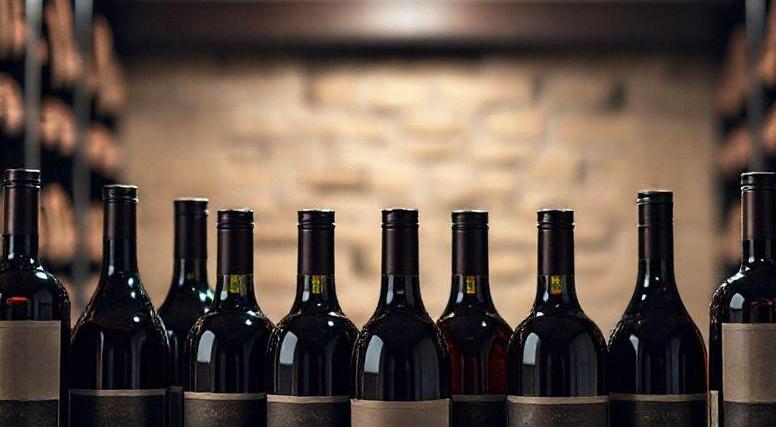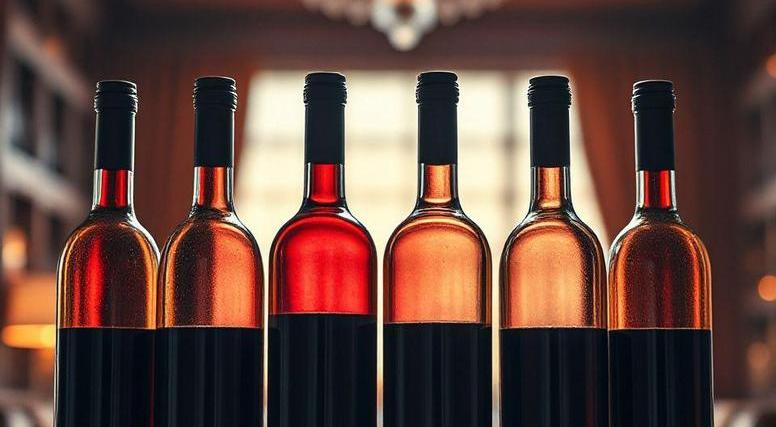- You are here:
- Home »
- Wine By Type
Category Archives for Wine By Type

Cranberry Wine : History, Flavors, Pairings & More
Cranberry wine, often overshadowed by its more traditional counterparts, is a delightful and increasingly popular choice for those seeking a unique and refreshing twist on their wine experience. This guide will explore the rich, tangy flavors of cranberry wine, shedding light on its growing appeal and the nuances that set it apart from conventional grape […]
Continue reading
Optima Wine : History, Flavors, Pairings & More
Navigating the world of wine can be as complex as it is delightful, especially with the plethora of choices available to enthusiasts and novices alike. Enter the Optima Wine Guide, a beacon for those seeking to elevate their wine experience. This guide distills the intricate details of wine tasting, pairing, and selection into accessible insights, […]
Continue reading
Pais Wine : History, Flavors, Pairings & More
Welcome to the Pais Wine Guide, your ultimate resource for exploring one of South America’s most intriguing and underappreciated varietals. Pais, a grape with deep roots in Chilean winemaking history, is often overshadowed by its more famous counterparts like Cabernet Sauvignon and Carmenère. Yet, this humble grape offers a unique glimpse into the rich tapestry […]
Continue reading
Gamay Wine : History, Flavors, Pairings & More
Gamay wine, celebrated for its vibrant flavors and approachable style, has increasingly captivated the palates of wine enthusiasts worldwide. This unassuming yet remarkable grape, best known for producing the iconic Beaujolais wines of France, offers a delightful range of expressions that extend beyond its traditional roots. In this guide, we’ll delve into the nuances of […]
Continue reading
Mission Wine : History, Flavors, Pairings & More
Welcome to our comprehensive Mission Wine Guide, where we embark on a journey through the rich and diverse world of wines produced by Mission wineries. Whether you are a seasoned connoisseur or a curious novice, this guide aims to be your essential companion in navigating the intricate landscape of Mission wines. Known for their unique […]
Continue reading